Real Estate Market Report Templates and Tips
An effective real estate market report is like catnip to property owners in an area…which is why it’s an essential part of any geographic farming strategy.
Picking the best template is critical because despite what some may say: not all market report designs are created equal…and a great market report layout for one target audience doesn’t guarantee effectiveness with a completely different audience.
Consider this blog post your navigation system to explore and conquer the multifaceted terrain of crafting compelling market reports.
- Why use a Real Estate Market Report?
- Picking the Best Market Report for Your Audience
- Best Real Estate Market Report Templates
- What Content to Include in your Report?
- Creating and Distributing Your Real Estate Market Report
What is a Real Estate Market Report?
A real estate market report is a document (usually a postcard, flyer, or digital image) that summarizes the conditions of a local housing market, detailing metrics such as home prices, sales volume, inventory levels, and days on market to provide insights into trends, buyer/seller balance, and overall market health.
Sending market reports has several key benefits for real estate agents:
- Demonstrates Expertise: Demonstrates the agent’s knowledge and understanding of the market, positioning them as a trusted authority in the field.
- Lead Generation: Market reports engage prospects (specifically prospective sellers) and can motivate them to begin taking advantage of an agent’s services and stimulate further conversations that can lead to a transaction.
- Builds Trust: Sharing accurate information with helpful insights builds credibility and trust with clients that can ease future sales and lead nurturing.
- Creates Brand Affinity: Continually providing valuable information to a local market can nurture long-term relationships with prospects that can inevitably result in more engaged prospects
- Prompts Repeat Business: Past clients that receive a timely market report may be prompted to reach out directly when it comes time to sell and/or buy again.
The reason why this is one of the most effective realtor marketing materials is that a real estate market report can act as a health score for most people’s largest investment (their home!). As the messenger for this info, you can position yourself as a key advisor in this investment which if repetitively can be transformative in getting more listings and becoming the “go to” agent in a neighborhood.
Various Types of Market Reports for Different Audiences
Before selecting an exact market report template, it’s better to think what kind of real estate market report is best suited for your audience. We’ll cover a few popular options.
An Infographic style Real Estate Market Report
There are two cases to really undertake the additional effort for a sprawling chart heavy market report:
- When you have a lot of important info to convey. Often this can be the case when your market is divided into SFRs and condo/townhomes and both need to be reported on separately.
- When data is abundant and you want to achieve a shock and awe type market report.
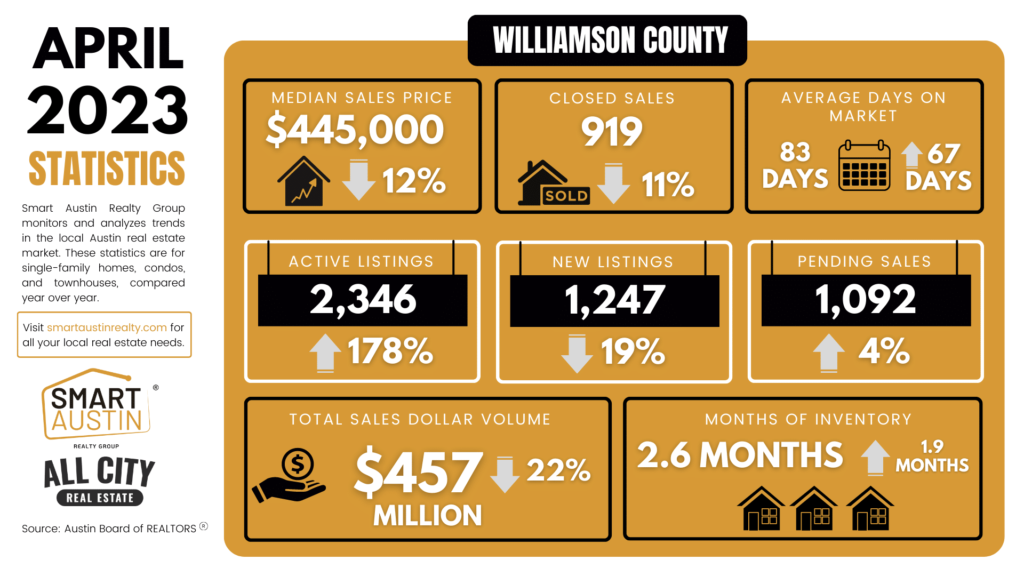

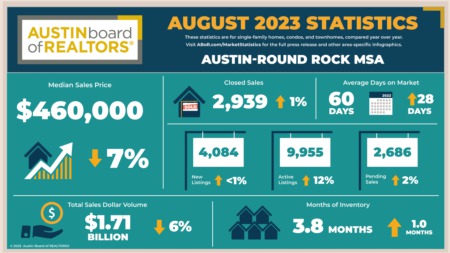

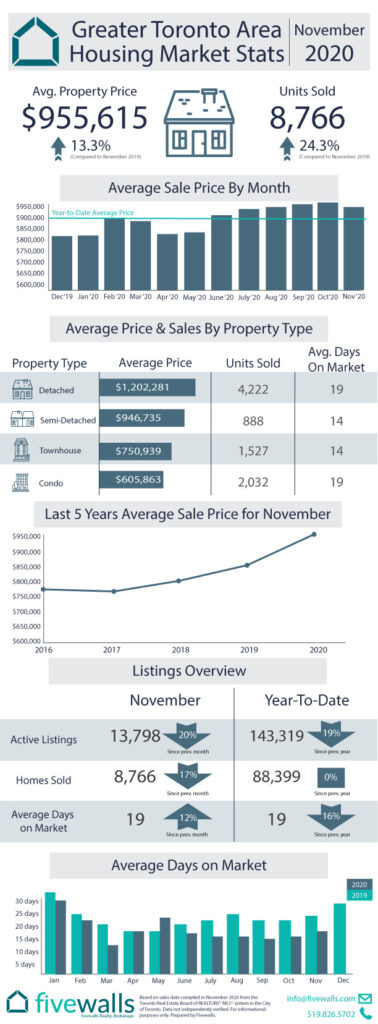
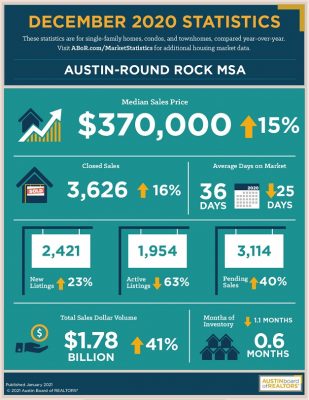
The Sub-region Market Report Comparison
These are great when an agent or team have a presence in distinct regions of a market OR their audience is keenly aware of surrounding regions and gets value from seeing a comparison.
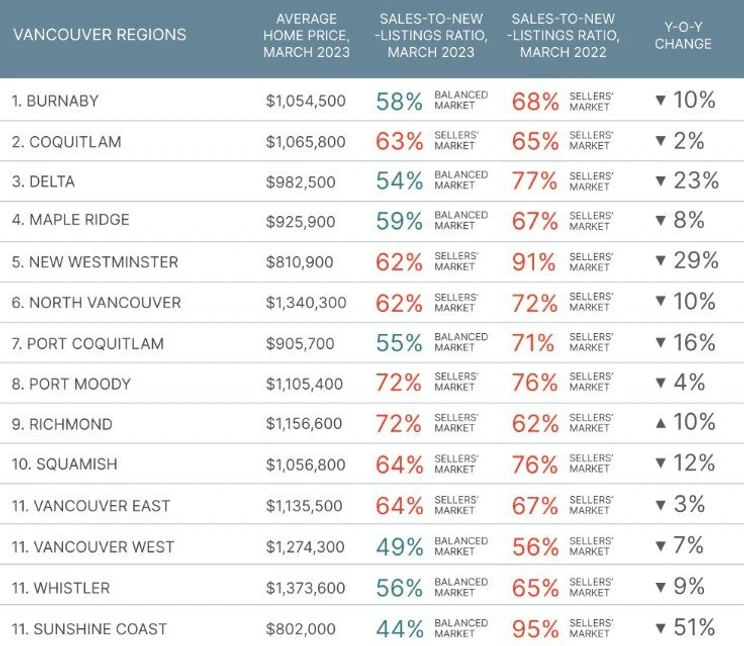
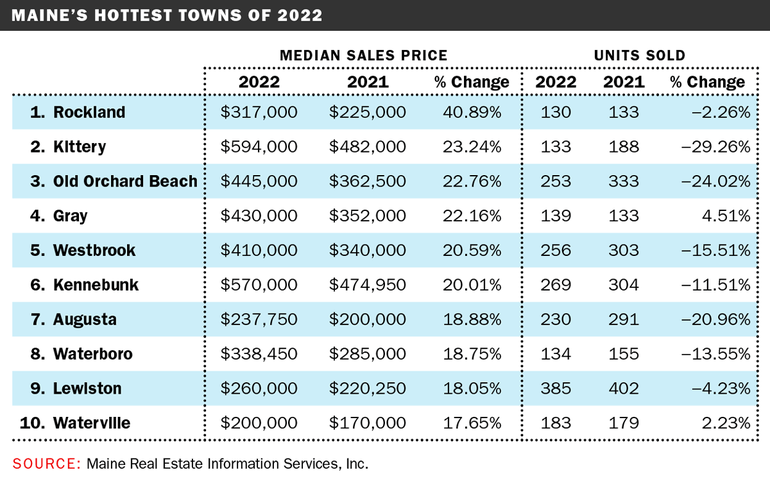
Best Real Estate Market Report Templates
There are a lot of options for agents to select from when picking a market report. Here are a few of our favorites. You can copy them and send them to your designer or browse Canva for similar layouts.



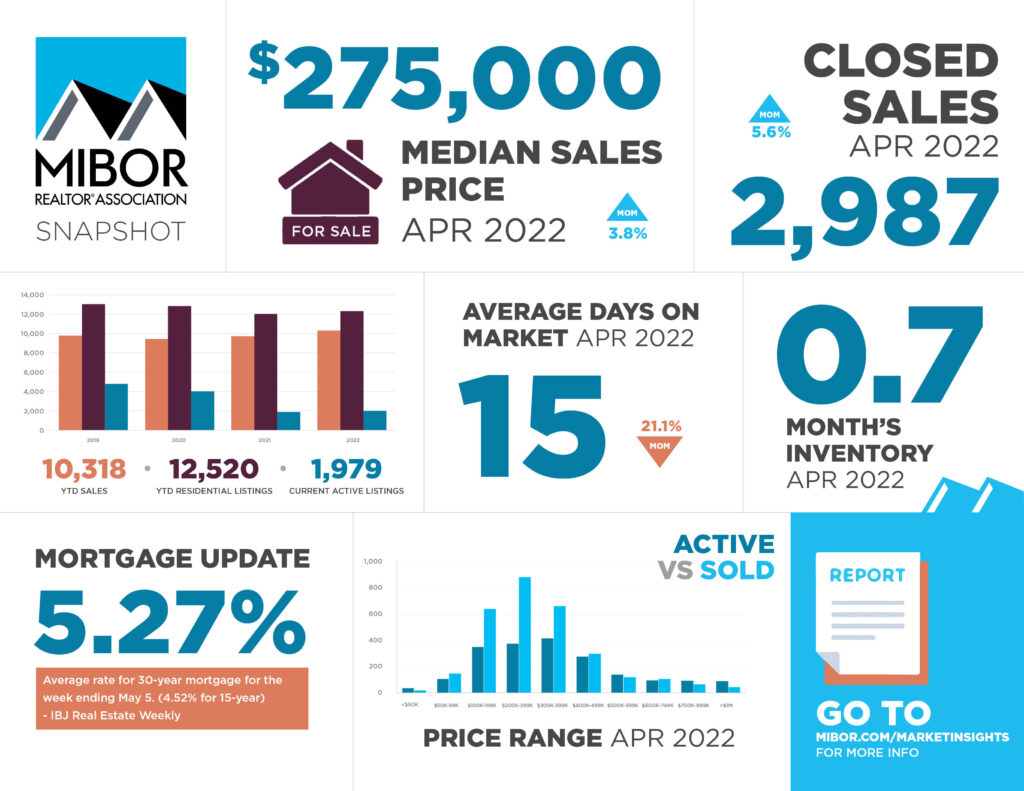
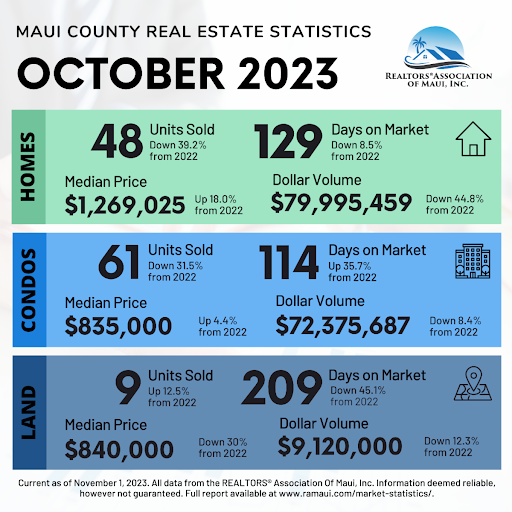
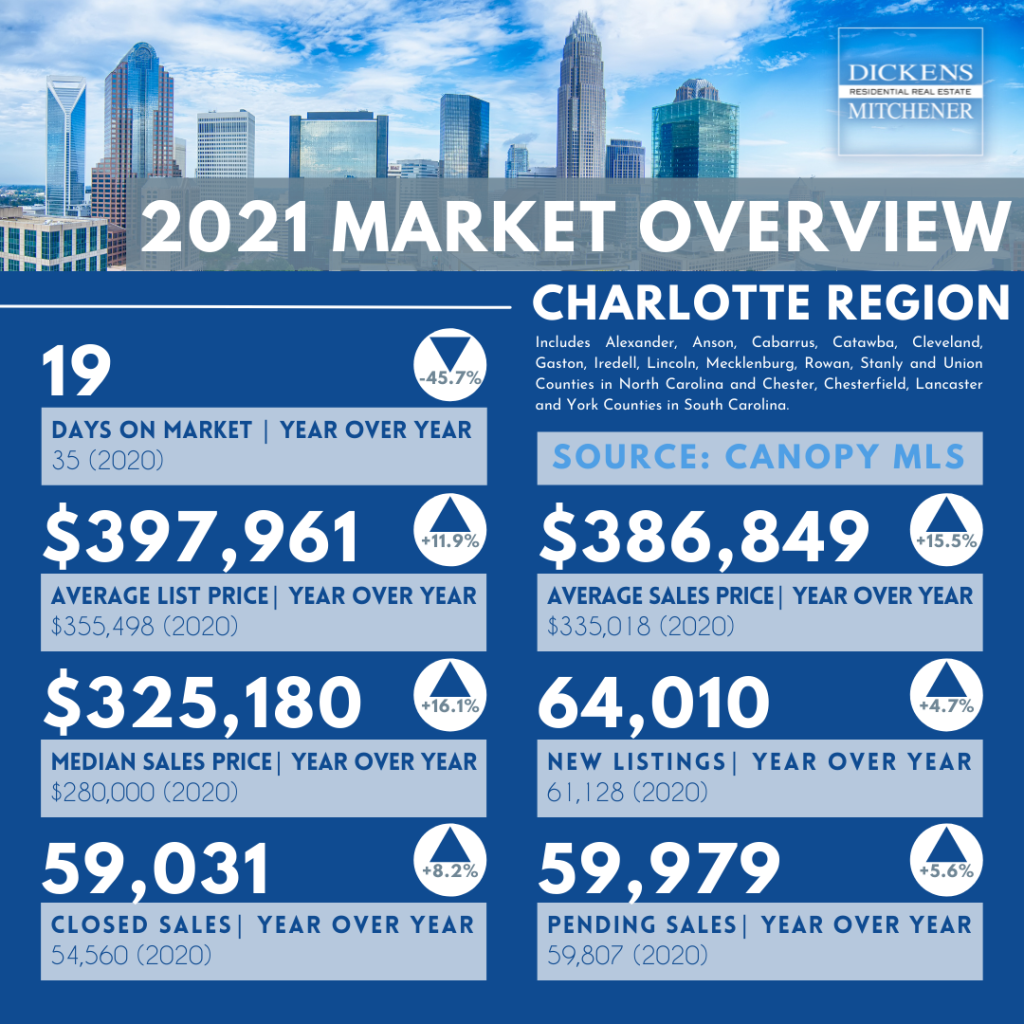
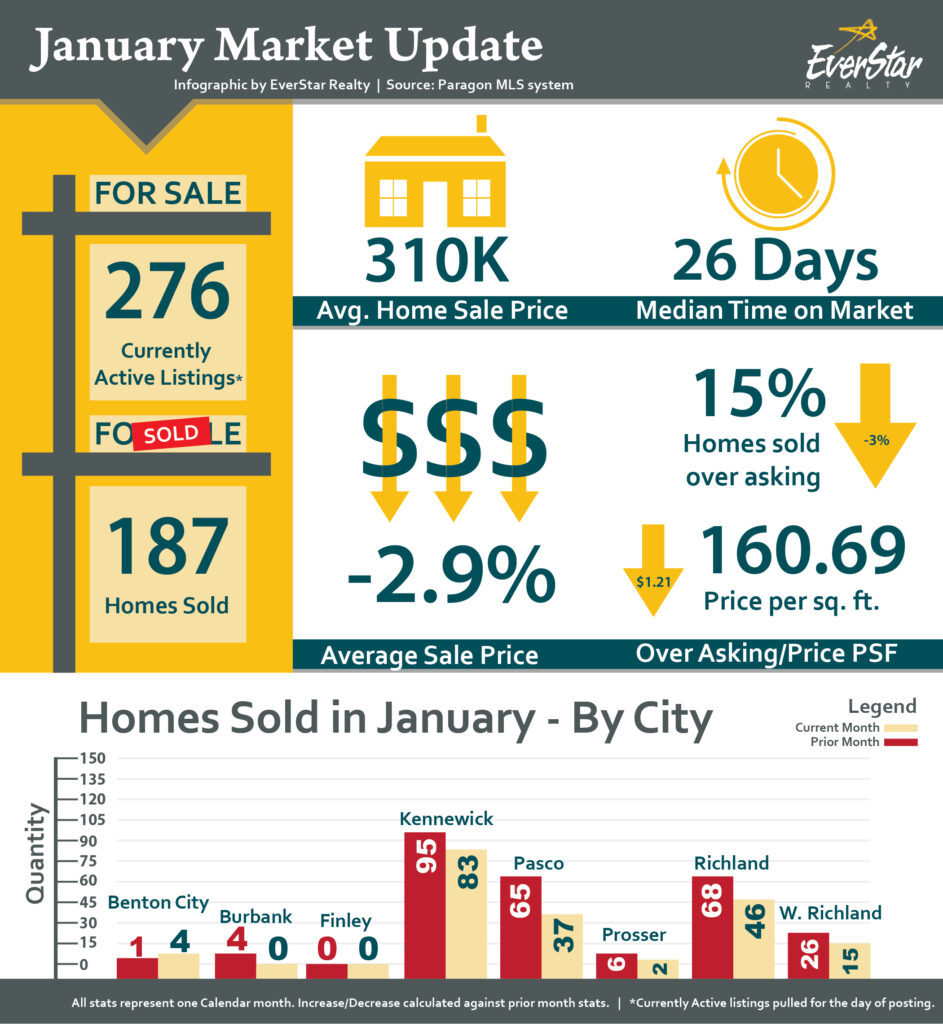

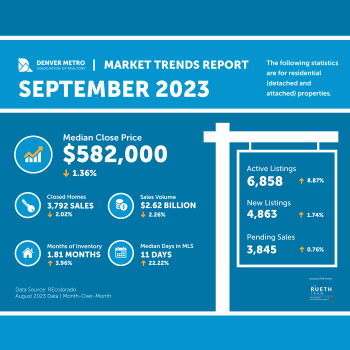
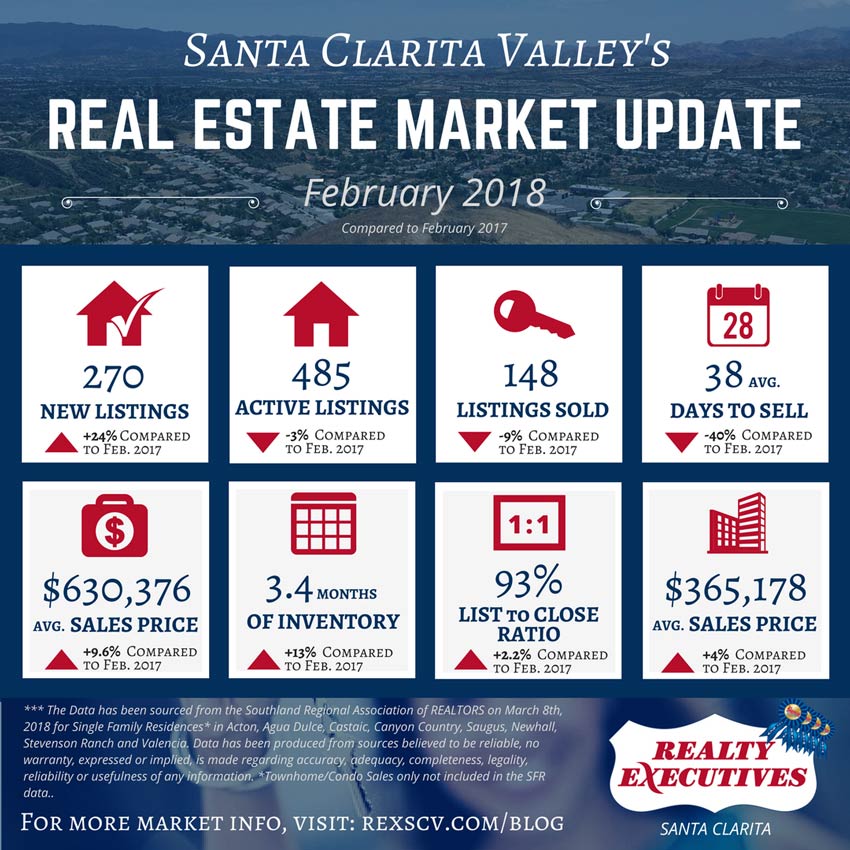
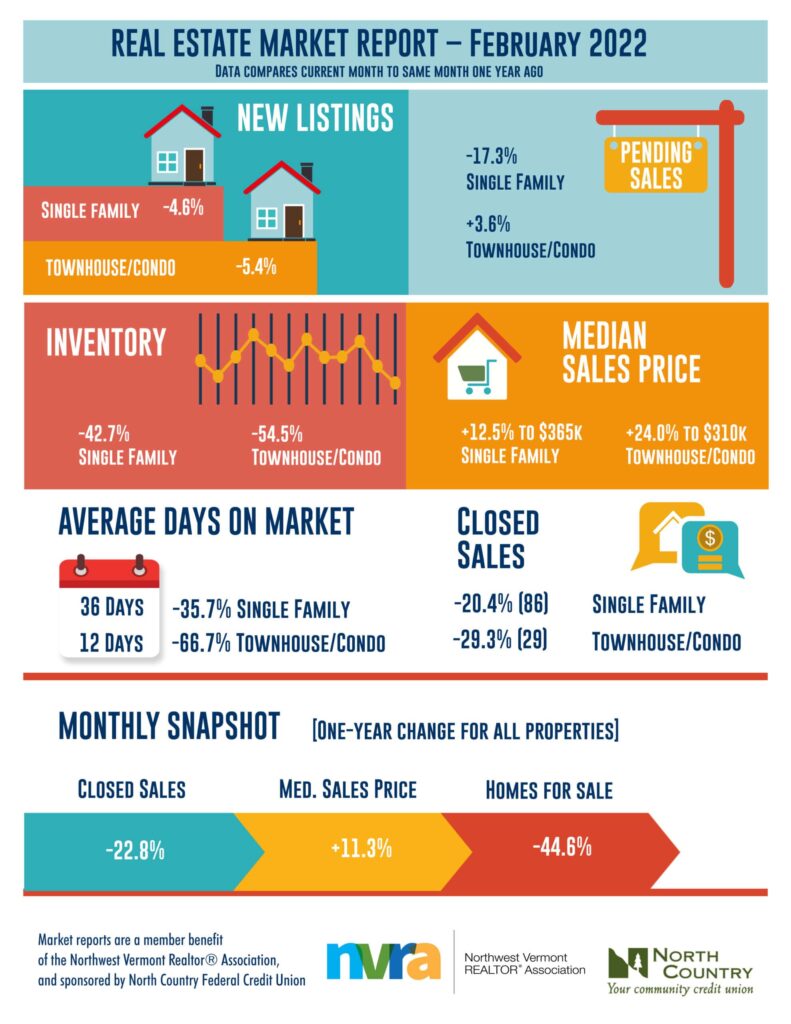
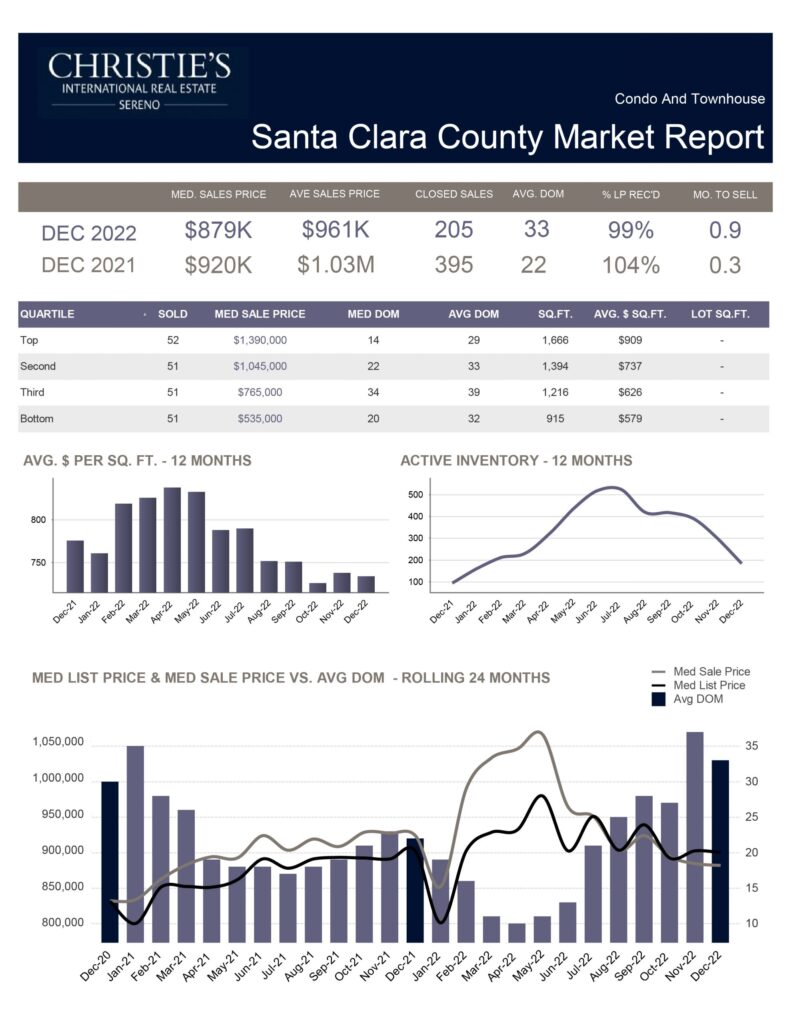

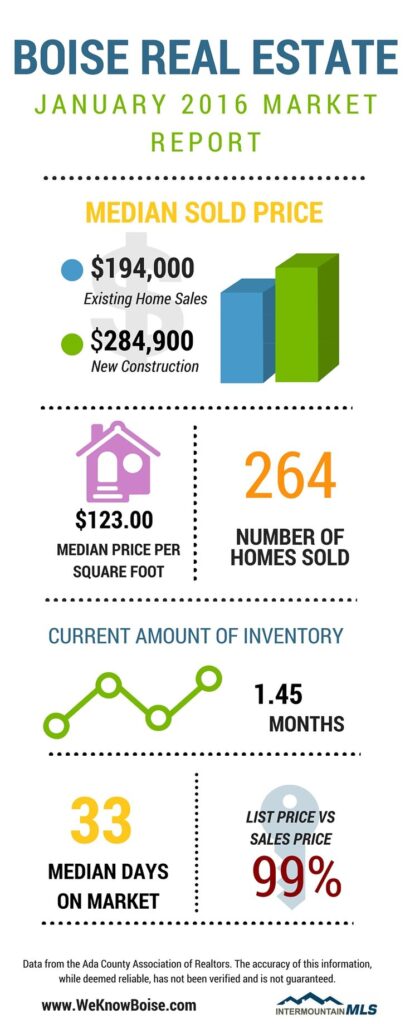
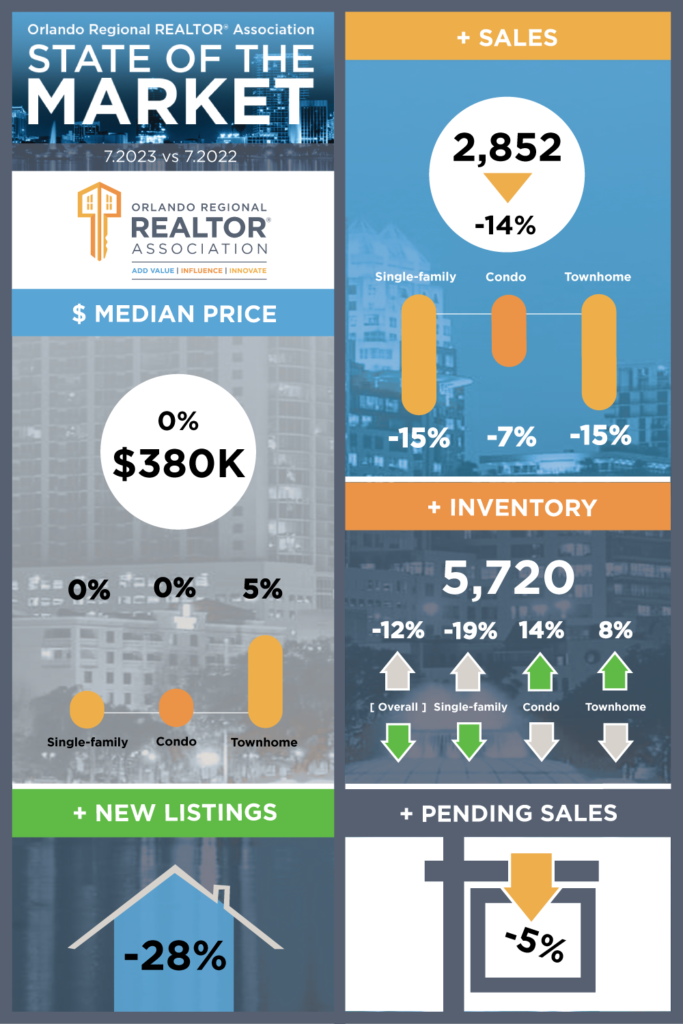
What Content to Include in a Real Estate Market Report Template
There are a few must-have pieces of content and data points when using a real estate market report template. IF you decide to use one of the templates above and add your own customization make sure you’re still including the following:
- Region or Location: Specific geographic areas, such as cities or neighborhoods, are often the focus of these reports (e.g., Vancouver regions, Maine towns).
- Average and/or Median Home Price: This can be given as median or average values and may be further broken down by property type (e.g., detached, semi-detached, condos).
- Year-Over-Year (Y-O-Y) Change: Percentage changes comparing current statistics to those from the previous year.
- Units Sold: The number of units sold in a given time frame, often compared to previous periods.
- Active Listings: Number of listings active on the market.
Depending on the key points you’re trying to articulate and your target audience’s expectations you typically want to also include the following stats:
- Days on Market (DOM): The average amount of time homes stay on the market before being sold.
- Dollar Volume: Total sales volume in dollars for the period being reported.
- List Price to Sales Price Ratio: This shows how close homes are selling to their listed prices.
- Sales-to-New Listings Ratio: A percentage that indicates the market balance between sellers and buyers.
- Average % of List Price: This indicates how much of the asking price sellers are getting.
- Price Distribution: A breakdown of homes sold in different price ranges.
- Total Inventory Available: This is the total inventory of the entire region.
- Interest Rates: Current mortgage rates can be included as they directly affect buying power.
- Foreclosures: If relevant, the number of foreclosures in the market could be reported.
- Breakdown by property type: common when either condos and/or new construction make a significant part of the market
Organizing Large Amounts of Data in a Market Report
As you add more data, it becomes increasingly important to divide your report into intuitive sections with clear, self-explanatory headers to help guide readers and enable them to find the information they seek swiftly.

Segregating data into sections such as ‘Market Overview,’ ‘Sales Prices and Trends,’ ‘Inventory Analysis,’ and ‘Buyer vs. Seller Dynamics’ can help readers save time and directly access the information they’re interested in…all the while spotlighting your marketing abilities and intuition!
Market Trend Commentary
Including your own commentary in a real estate market report is a great way to summarize the data and convey key information to your audience. Whether the audience is buyers or sellers, your analysis can also translate into actionable steps to take with them in future marketing touch points.
Remember, the takeaway from a real estate market report template is not a fact sheet filled with numbers. Distilling all the data into a clear point to summarize the state of the housing market is key for your audience…and helps you demonstrate expertise.
Call to Action CTA
Sadly, a call-to-action (CTA) is often left out of real estate market reports. Most agents don’t want to discredit the data by overtly selling…but it’s important to find a way to deliver your CTA.
The most common CTA for a real estate market report is asking the audience if they’re curious what they’re home is worth using a Comparitive Market Analysis tool (we list the best CMAs here).
Using a CMA is a natural way to get your audience to take the next step since you’ve just informed them about aggregate trends based on their property’s value. It’s likely that someone would read through the report and want to know “what’s this mean for my home?”…which is why keeping that CTA is key.
Also if sending your market report as mailer, flyer, or postcard make sure to use a QR Code to seamlessly transition from offline to online engagement. Check out all of these examples of Real Estate QR Codes here.
Creating and Delivering Your Real Estate Market Report
Once you have your template picked out, you’ll need to begin gathering data and other content to fill out the report template.
This involves diligently collecting and analyzing a sea of market data. At first glance, this might look like an overwhelming puzzle, but with in-depth analysis, you can identify patterns, trends, and potential shifts in the market. These takeaways are critical to highlight in the report AND will help you reinforce your market expertise outside of the context of a market report.
Once you have acquired and deciphered the relevant data, the next step is inputting it into your market report template…or realizing that you need to create your own report layout from scratch.
After you’ve finalized your report, it’s time to share it with your clients and stakeholders. Here are a few options for delivery:
- Send the market report as a postcards or flyer. Either delivered through the mail or hiring another service that can leave them at people’s door.
- Use an email marketing or real estate CRM to distribute digitally to your existing audience
- Share on social media. Rather than just posting a still image, try embedding a video on top of the report discussing the report and emphasizing key takeaways. If you have more production resources, create an entire video discussing the report (here’s an example).
- Use in events like first time home buyer seminars
Remember, the real estate market is a living entity – it’s in a state of constant flux. Don’t just send out one market report and quit. Regularly updating your audience on market fluctuations will reinforce your value.
In navigating the dynamic waters of the real estate market, a well-crafted market report is not just a tool but a compass for buyers, sellers, and homeowners alike. For real estate professionals, providing these reports is more than a service—it’s an opportunity to underscore their expertise, build lasting trust, and engage with clients on a deeper level. By distilling complex data into actionable insights, agents can empower their audience to move forward with confidence, backed by the most up-to-date and relevant information available. As the property market continues to evolve with the ebb and flow of economic and demographic currents, the real estate agent who masters the art of the market report will stand out as a beacon of knowledge and reliability, guiding their clients towards wise investments and successful transactions.



